Antennas and Multiplexing Techniques
VerifiedAdded on 2020/03/04
|6
|1002
|233
AI Summary
This assignment delves into the world of antennas and wireless communication protocols. It begins by outlining various antenna types, including omnidirectional, semi-directional, and directional antennas like Yagi and Horn antennas. The discussion explores their advantages and disadvantages in terms of gain, directivity, size, and complexity. The second part focuses on multiplexing techniques used in wireless networking, specifically comparing FDMA (Frequency Division Multiple Access) and CDMA (Code Division Multiple Access). It highlights the key differences between these protocols in terms of frequency utilization, channel assignment, and signal separation.
Contribute Materials
Your contribution can guide someone’s learning journey. Share your
documents today.
1 out of 6
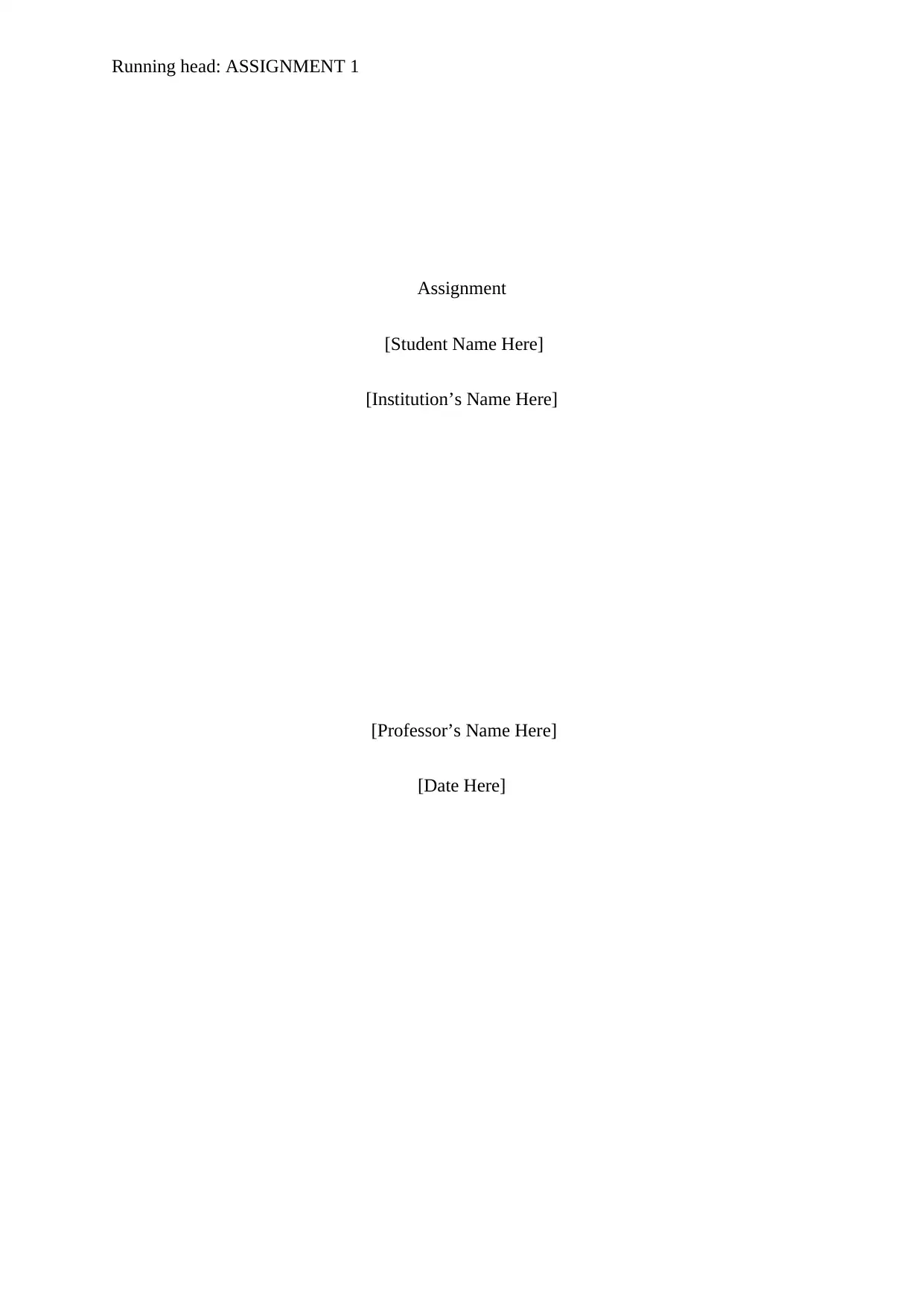
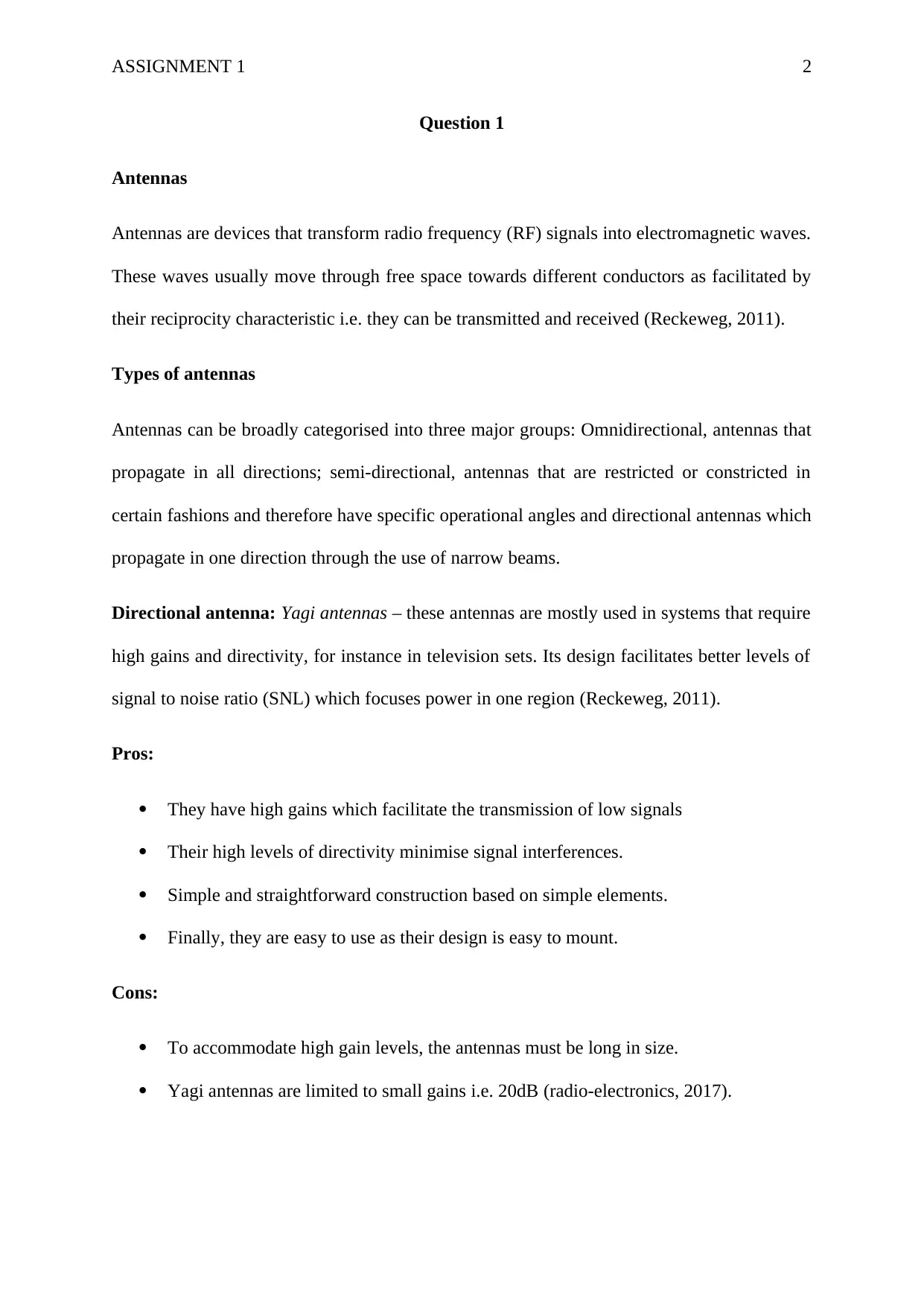
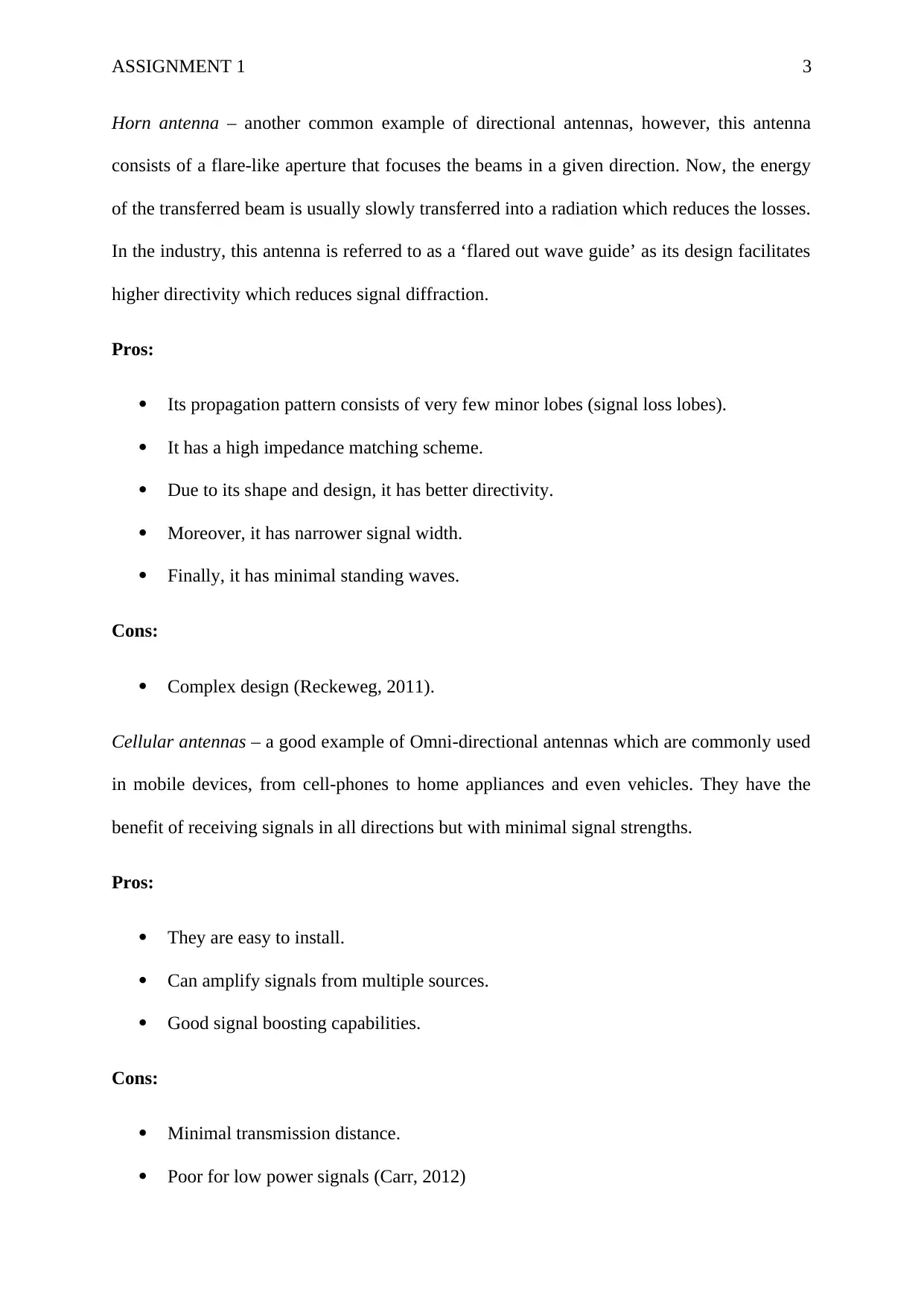
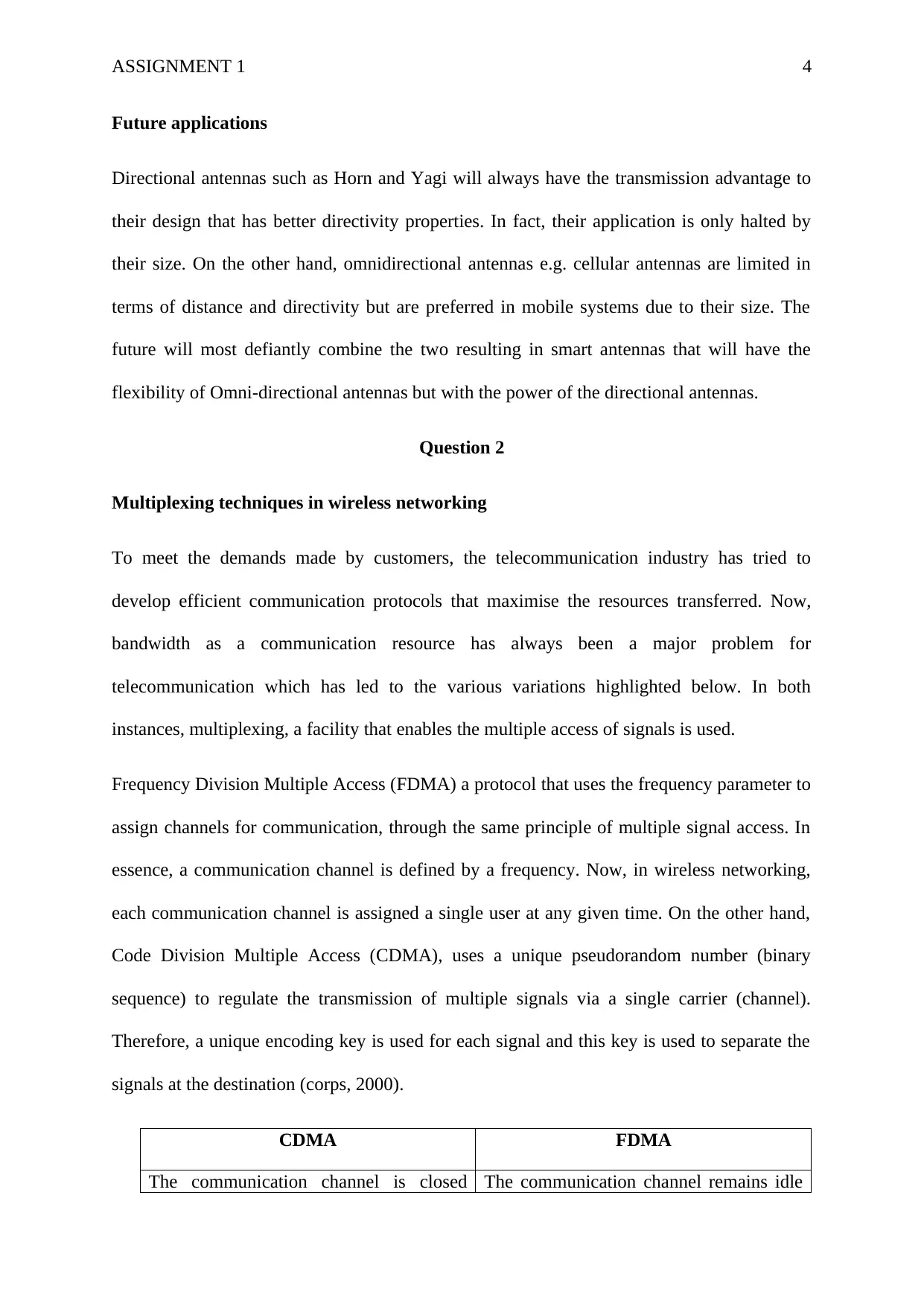
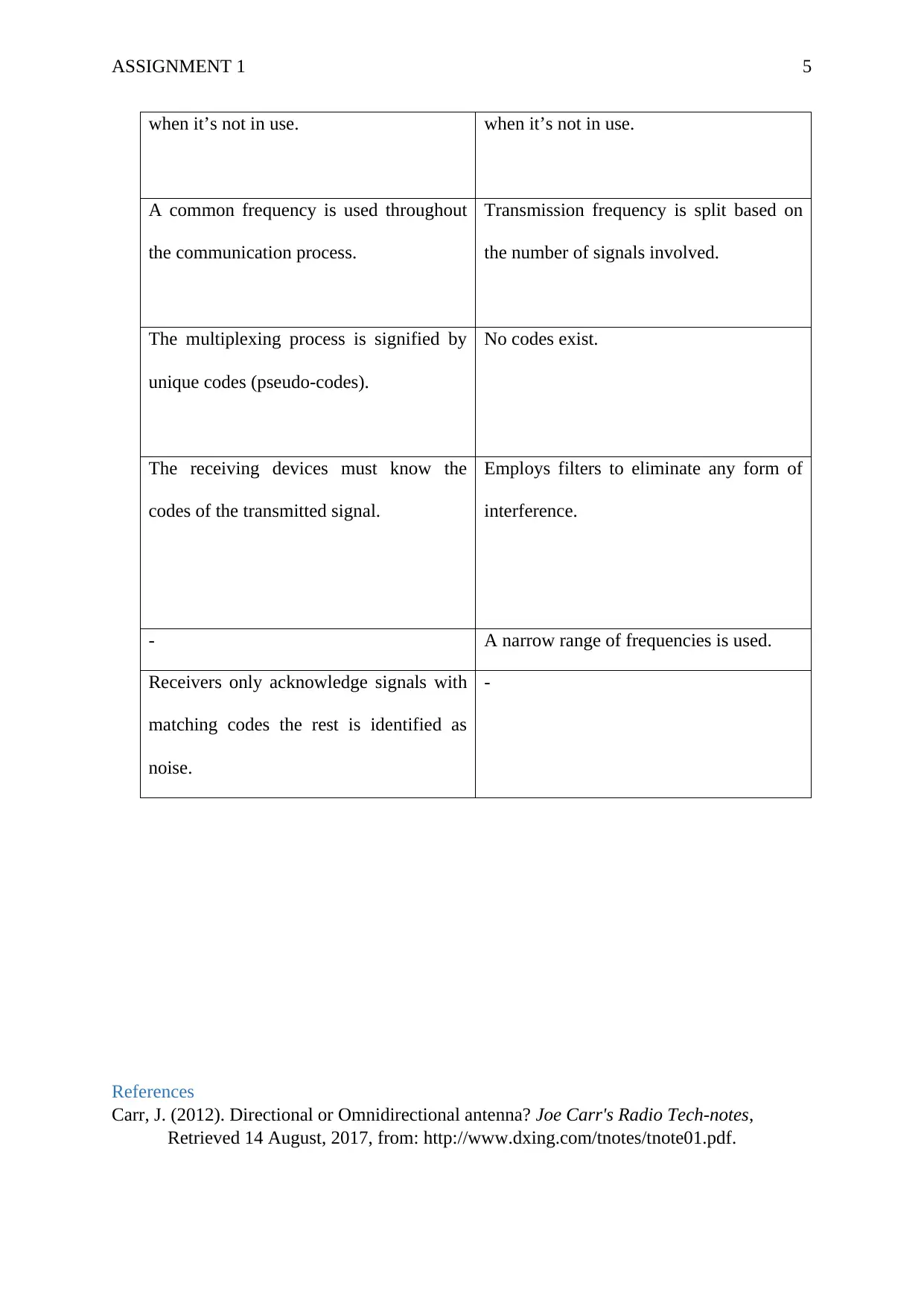







![[object Object]](/_next/static/media/star-bottom.7253800d.svg)